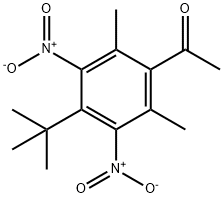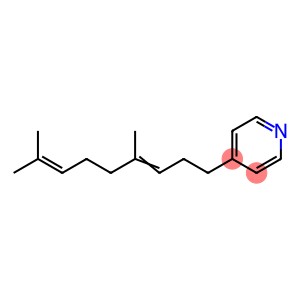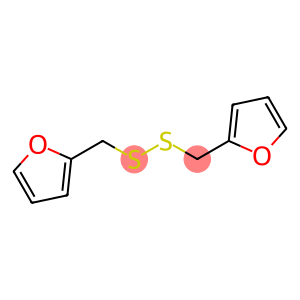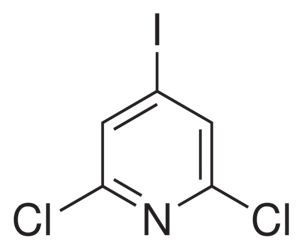Methylcyclopentenolone(3-methyl-2-hydroxy-2-cyclopenten-1-one)(CAS#80-71-7)
| Hazard Symbols | Xi – Irritant |
| Risk Codes | R36/37/38 – Irritating to eyes, respiratory system and skin. R43 – May cause sensitization by skin contact |
| Safety Description | S26 – In case of contact with eyes, rinse immediately with plenty of water and seek medical advice. S36/37 – Wear suitable protective clothing and gloves. S24/25 – Avoid contact with skin and eyes. S22 – Do not breathe dust. |
| WGK Germany | 3 |
| RTECS | GY7298000 |
| HS Code | 29144090 |
Introduction
Methylcyclopentenolone. The following is an introduction to its properties, uses, manufacturing methods and safety information:
Quality:
- Appearance: Colorless liquid
- Smell: Spicy fruit flavor
- Solubility: Soluble in water, alcohol and ether solvents
Use:
Method:
- Methylcyclopentenolone can be prepared by the catalytic dehydration reaction of alcohol. Commonly used catalysts are zinc chloride, alumina and silicon oxide.
Safety Information:
- Methylcyclopentenolone is a low-toxicity chemical.
- Its minty taste may cause discomfort to some people, and potential allergic reactions or irritation pose a risk to the eyes and skin.
- Avoid eye and skin contact and use personal protective measures such as gloves and glasses.
- If inhaled or ingested, seek medical attention immediately.


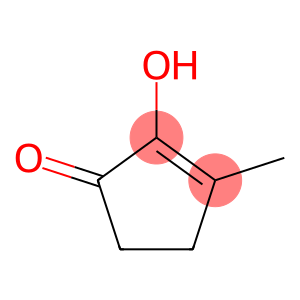
![4-(Methoxycarbonyl)bicyclo[2.2.1]heptane-1-carboxylicacid (CAS# 15448-77-8)](https://www.xinchem.com/uploads/4Methoxycarbonylbicyclo221heptane1carboxylicacid.png)
